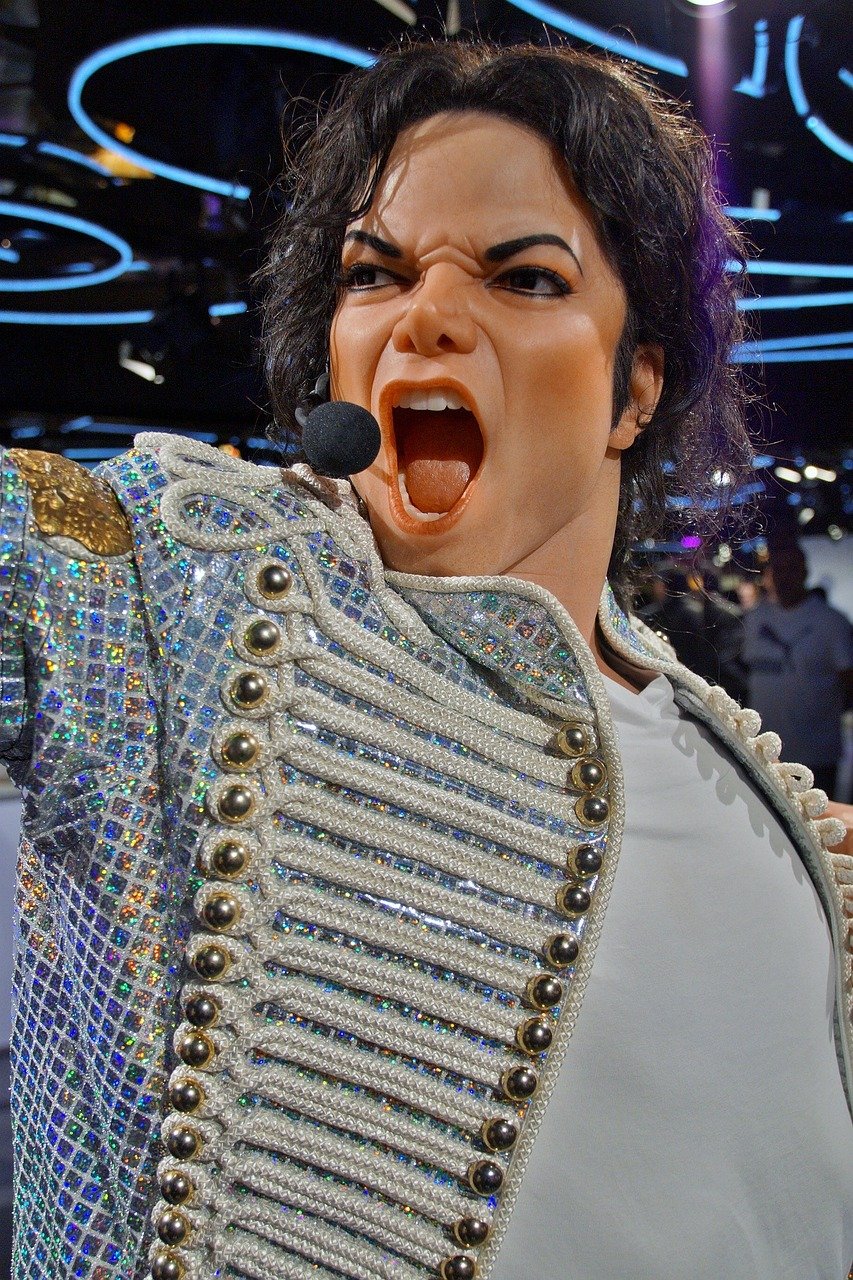MTV Exploded Onto Screens With Music Magic

It’s hard to believe now, but there was a time when MTV was every teenager’s main line to the hottest music and wildest videos. Picture it: the early 1980s, when cable TV was still a novelty and music videos felt like a rocket to another world. MTV didn’t just play music—it made music visual, unforgettable, and larger than life. Madonna twirling in lace gloves, Michael Jackson moonwalking into history, Duran Duran chasing each other across exotic landscapes—these weren’t just videos, they were cultural earthquakes. **At its peak, MTV blasted out over 24 hours of music videos every single day**, turning living rooms into dance floors and bedrooms into stages. For a generation, MTV wasn’t just a channel. It was the soundtrack and the wallpaper to growing up.
Reality TV Hijacked the Airwaves Overnight

But then, almost overnight, the beat changed. People started tuning in for something new, and MTV gave it to them: reality TV. The “Real World” wasn’t just a show—it was a bombshell, and it rewrote what MTV meant to millions of viewers. Suddenly, music had to share the spotlight with messy living rooms, dramatic love triangles, and wild confessions. **By 2000, reality TV made up more than half of MTV’s programming**, a dramatic turn that left music videos gasping for airtime. The shift wasn’t random; it was a gamble to keep the channel young and fresh. For better or worse, reality TV was addictive, unpredictable, and impossible to look away from—everything MTV wanted to be.
Internet Took the Stage and Never Looked Back
Just when MTV thought it had the formula locked in, the internet burst onto the scene and rewrote the rules yet again. Suddenly, anyone could watch any music video, any time—a true revolution. YouTube launched in 2005, and within months, it was racking up **over 100 million video views every single day**. Kids who once waited for their favorite video to come on TV now pulled it up in seconds, skipping commercials and channel guides. MTV, once the gatekeeper for music discovery, found itself outpaced and out-clicked by an endless stream of online content. The power was gone from the TV, and it landed squarely in the hands of the viewer.
Shorter Attention Spans Changed Everything Fast
If you feel like you can’t sit still for a whole song anymore, you’re not alone. **Recent studies show the average attention span has dropped to just 8 seconds**—shorter than a goldfish! In this new world, even three-minute music videos can seem too long. MTV saw the writing on the wall. Why air full-length videos when quick-hit reality TV moments could keep viewers glued to the screen? The channel shifted focus, betting on drama, laughs, and cliffhangers rather than the slow build of a music video. This wasn’t just a programming change—it was a survival move in a world that wanted everything, fast.
Social Media Became the New Music Playground

As the 2010s rolled in, social media platforms like Instagram and TikTok rewrote the story for music altogether. Now, a song’s success wasn’t just about radio airplay or a cool video—it was about how many times it got lip-synced, danced to, or memed. **In 2021, TikTok was responsible for over 175 songs hitting the Billboard Hot 100**, showing that short clips and viral moments were the new kingmakers. Artists started teasing tracks with fifteen-second snippets, banking on the internet to do the rest. MTV’s old-school video blocks looked almost quaint compared to the frenzy of likes, shares, and challenges happening online.
Music Video Budgets Fell As Stars Looked Elsewhere

Back in the golden days, music videos were blockbuster events, with budgets to match. Think of Michael Jackson’s “Scream,” rumored to cost millions. But as eyeballs drifted online and attention spans shrank, the money dried up. **In the early 2000s, the average budget for a top music video was around $500,000**, but that number plummeted as artists realized they could reach fans with a smartphone and a clever idea. Why spend big when a viral TikTok could do the job? The era of lavish, cinematic music videos faded, and with it, MTV’s claim to fame.
MTV’s Struggle to Find Its Place Again

As music videos faded and reality shows took center stage, MTV started to lose its sense of self. Was it still the cool friend who introduced you to new bands? Or just another channel chasing trends? Even big anniversaries—like MTV’s 38th in 2019—were soaked in nostalgia, celebrating the past more than the present. The brand that once felt like the voice of youth culture was suddenly looking over its shoulder, wondering how to stay relevant in a world that moved on. Fans felt the loss deeply, missing the thrill of discovering a new favorite song with the world watching alongside them.
Signs That Music Videos Are Not Gone Forever
It’s tempting to think the music video is dead, but the truth is more complicated. Platforms like YouTube and Vevo have given the format a second life, with millions of fans watching, sharing, and obsessing over new visuals. **In 2022, music videos made up over 30 percent of all YouTube views**, proving there’s still a passionate audience out there. Artists are getting creative again, blending visuals and storytelling in ways that feel fresh and urgent. The music video may have left TV, but it’s still very much alive—and sometimes, more powerful than ever.
What’s Next for MTV in a Streaming World

With so many ways to watch and listen now, MTV faces a crossroads. It could double down on nostalgia, or it might find new ways to bring music back into the spotlight. Streaming services and on-demand content have changed everything, but the hunger for a shared musical experience is as strong as ever. MTV has experimented with bringing back old favorites and even launching new music blocks, hoping to tap into that old magic. There’s a real chance that—just maybe—MTV could blend its legendary past with the wild, unpredictable future of music.
Looking Back at an Unforgettable Chapter
For anyone who grew up glued to MTV, the shift away from music videos felt like the end of an era. But even as times change, the memories linger: that first glimpse of a new band, the thrill of a midnight video premiere, the sense of being part of something bigger. The power of the music video—and the way MTV brought people together—remains a touchstone for generations.


